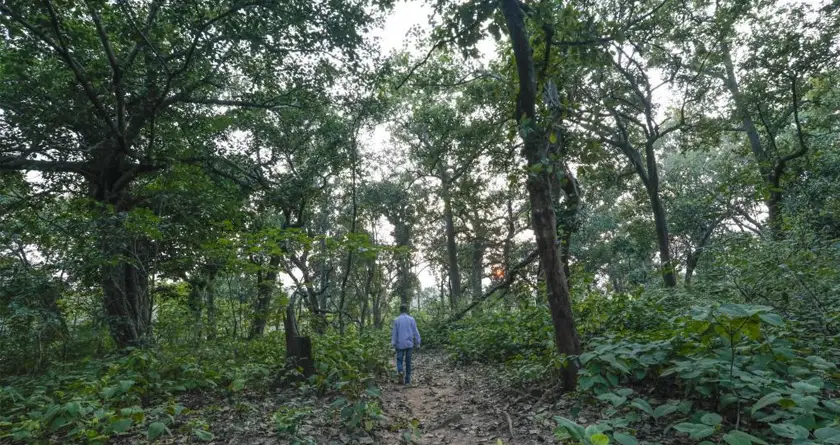
Change in Forest Covers associated to an increase in the outbreaks of infectious diseases, latest research says
Forest cover changes may trigger infectious diseases…get the details…
Tuesday, 11th May 2021
Change in the natural forested belts due to activities such as deforestation or afforestation and a rise in the number of commodity plantations such as oil palm cultivation was found to have a correlation with various infection outbreaks globally, the latest study discovered.
The upsurge of both the zoonotic as well as vector-borne diseases associated with the activity of deforestation rose between the year 1990 and year 2016, noted the study, proving the past theories right. A report was published in this context in the Frontiers in Veterinary Science (March 24th, 2021)
According to the report, Deforestation had been responsible for causing malaria epidemics in Southern America and also that the clearing of forests had encouraged the Anopheles darling, a mosquito vector from Southeast Asia to form the species complex namely, A. balabacensis, A. minimus, and the A. dirus.
Any kind of disease resulting from a parasite, bacteria, fungi, or virus becomes a zoonotic disease if that infectious disease moves from animals to humans as was the case with the novel Covid-19 infectious disease.
Reforestation initiatives, especially in the areas lying outside of the tropical belts, also triggered infectious disease outbreaks, the research confirmed. This research was actually the first of its kind to take place on a massive global scale.
Here, reforestation stands for the expansion of forested belts in order to replace the savannas, the grasslands, and the open canopied woodlands.
Also Read: Why are the Vultures Protectors of Nature?
The researchers behind the report presented the example of a case growth of Italy’s tick-borne disease.
A rise in the incidence of tick-borne encephalitis among humans residing in Italy was critically explained on the basis of the ratio of low woodland or coppice to the high stand forested belts in Italy with some sort of natural reforestation that might encourage the abundance of tiny mammal reservoirs of the tick-borne viruses.
The researchers also discovered that in the areas marked by a rise in palm oil monoculture, the people residing therein were significantly exposed to infectious diseases. For example, the population of the vectors responsible for diseases such as zika, yellow fever, chikungunya, and dengue rose rapidly in the rubber plantation and oil palm cultivation belts, the report revealed.
Monoculture stands for the agricultural activity pertaining to the large-scale cultivation of just one variety of plant species often meant for replacing the area’s natural growth. The practice of monoculture is likely to destroy biodiversity and also cause several ecological imbalances.
The researchers went on to analyze the three different data sets in order to illustrate this particular correlation. They collected country-wise forest cover-related data between the year 1990 and year 2006 from the repertoire of the World Bank and also data related to the infectious diseases in humans from the repertoire of GIDEON.
Data on the zones under the cultivation of oil palms were collected from the United Nation’s Food and Agricultural Organization, the report declared. The team of researchers juxtaposed the gruesome occurrences of infectious disease outbreaks alongside the trends related to the forest covers in order to arrive at certain results.
The News Talkie Bureau
Source:
Downtoearth











